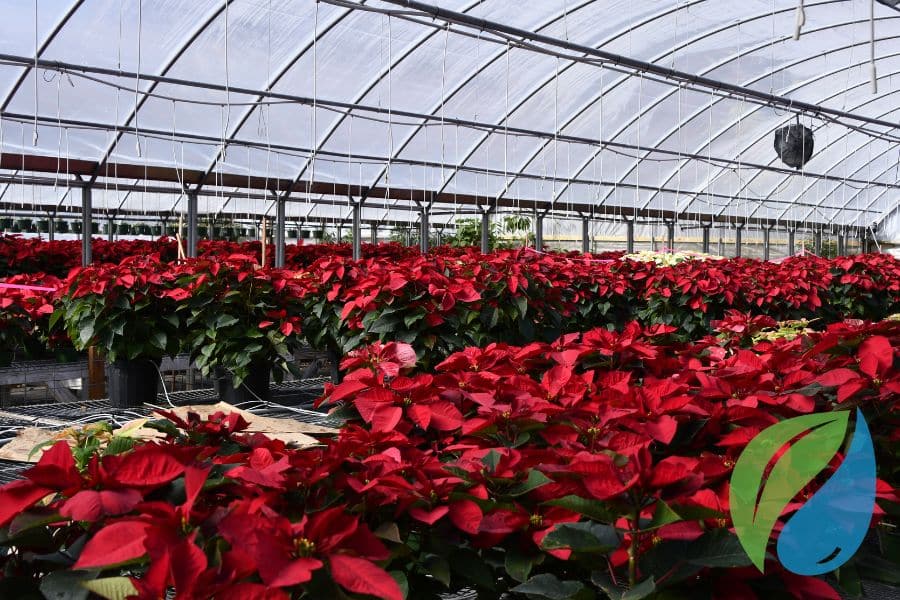Micronutrients are essential for plant health and for high nutritional profiles for plants. The macronutrients NPK can make your plants look good, but micronutrients give plants resilience. In our ever-changing “normal,” resilience is key to successful growing.
Copper (Cu) is one of the eight essential plant micronutrients. Boron, chlorine, iron, manganese, molybdenum, zinc, nickel, and copper are necessary for optimum plant health. None of these elements is needed in large amounts, And, under certain soil conditions, many of these micronutrients will bond with each other to create multiple deficiencies.
Potting mediums naturally contain Cu, but pH, amount of organic matter, and the presence of iron and aluminum oxides determine the plant-available Cu. Proteins, photosynthesis, cell wall structure, and even plant hormonal signaling are all affected by the deficiency, optimum, or excess amount of Cu.
Zinc and nitrogen availability are both tied to an optimum amount of Cu as plant-available ions. Excess nitrogen fertilizer will lead to the binding of Cu ions to nitrogen ions so neither will be optimally available as plant nutrients.
Copper Isn’t Mobile – for Good and Bad
Copper doesn’t even move readily through a plant. It tends to be more abundant in the roots and base of the plant. Plants have evolved specific pathways and micronutrient ions that move Cu through the plant to where it’s needed.
Cu naturally occurs in soil as positively charged Cu2+ ions. These ions bind tightly with negatively charged organic matter and other soil minerals. That means Cu sticks around in soil for years. If you have a Cu deficiency, you can probably fix it in one year. The bad part, if you have a Cu excess, it’ll take several years to fix.
An excess of Cu not only impacts your plants but also impacts soil microbial communities.
Copper is Necessary for Plant Growth
Plants need copper, but there are fine lines between deficient, optimal, and excessive levels of Cu. Plant physicochemical processes are complex. The qualities that make Cu needed can also be toxic. For example, Cu has redox properties that are essential for plant health and also play a role in the creation of toxic free radicals.
Incredibly, plants have developed homeostatic mechanisms to get the proper amount of each micro and macronutrient in many environmental conditions. Nature creates balance when our growing practices align with the needs of the planting medium and our plants.
Copper and Your Growing Operation
That dreaded “hidden hunger” for micronutrients can be the cause of plant failure or decreased nutrient profiles in your plants. A deficiency of Cu, as well as other micronutrients, means your plants will be more susceptible to disease and less resilient. On the other hand, excess Cu in your potting medium will reduce the absorption of water and other mineral elements by your plants. Again, this makes them less resilient.
The first step in determining the Cu level in your potting medium is to have your soil tested. You should use all available tools to monitor micronutrient availability in your potting medium. Visible signs of plant stress, soil tests, and severe weather conditions are all valuable for accessing plant health.
To find out more about copper, micronutrients, and your operation, get in touch with the experts at Phyton Corp today.




